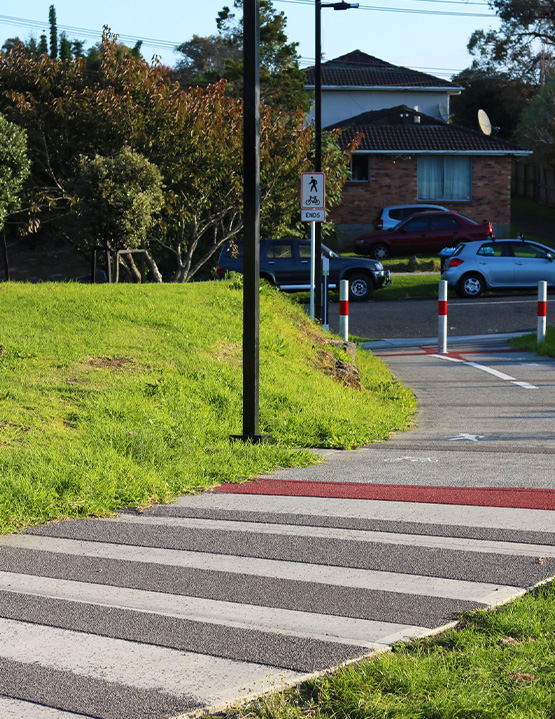Improving access to open spaces and providing community connectivity.
The Waterview Shared Path connects communities from Waterview to Mt Roskill with a network of cycleways. Following Te Auaunga – Oakley Creek, the 3.4 km path links the Northwestern and Southwestern Cycleways, creating a seamless connection between the city and western suburbs to Onehunga and Mangere.
Since its completion in October 2017, according to Auckland Transport figures, an average of 3,098 pedestrians and bikers use the path each week.
From Waterview to Ōwairaka - Mt Albert, the Waterview Shared Path forms an off-road link between two of Auckland’s major arterial routes, from the Great North Road to the New North Road near Alan Wood Reserve. The path is a component of an Auckland Council regional cycling and pedestrian network which improves access to open spaces and provides community connectivity. The shared path follows the eastern bank of Te Auaunga – Oakley Creek. In the gully below is the pedestrian-only Oakley Creek Walkway.
The path passes through Harbutt Reserve and Phyllis Reserve and is accessible from several points, including Unitec Te Whare Wānanga o Wairaka. At the northern end, via a short section on the Great North Road, it connects with the Waterview Heritage Area, and the Northwestern Cycleway.





